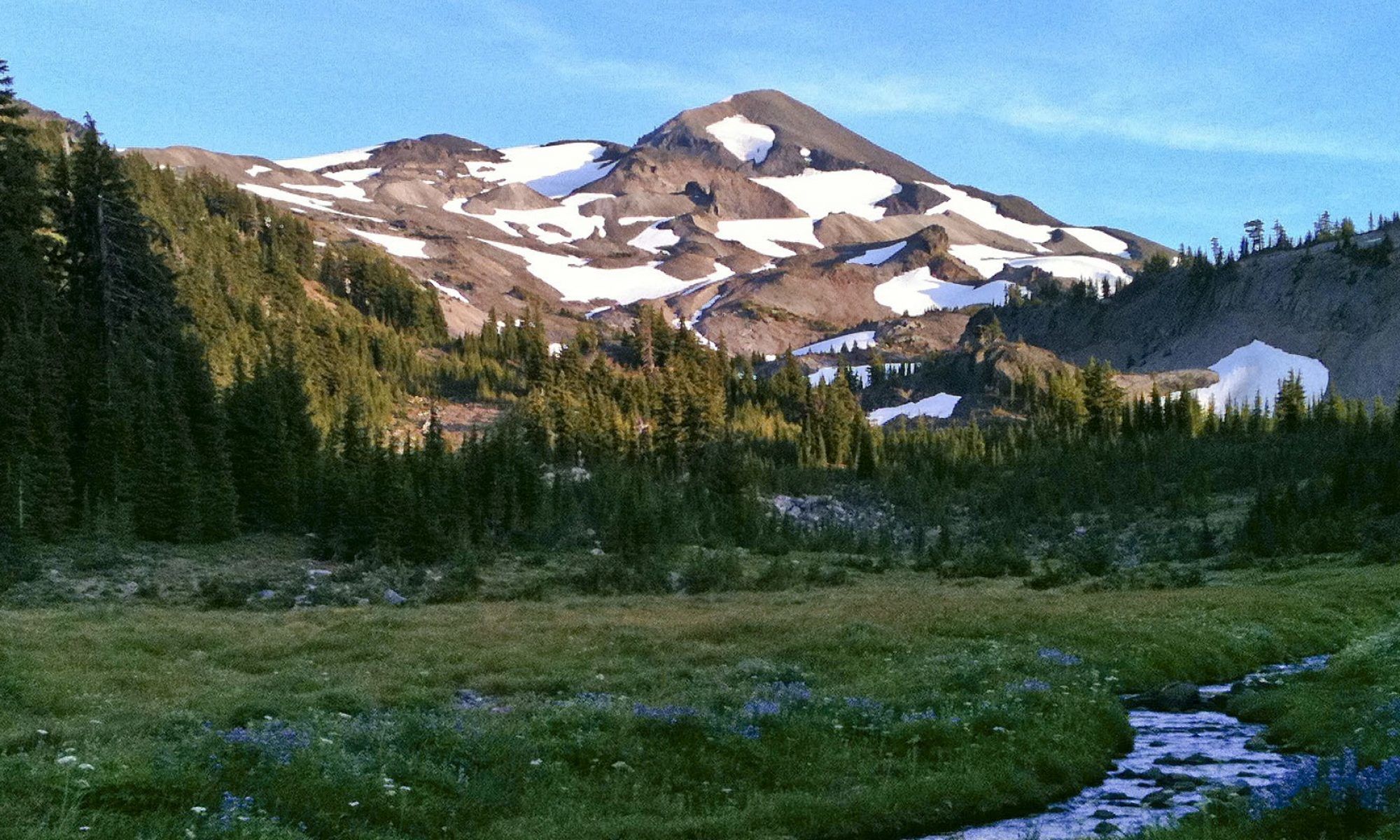OK, Let’s build a fire!
The most common mistake when trying to build a one match fire is not having all your supplies gathered before you strike a match.
Supplies consist of three types of wood: tinder, kindling and fuel wood.
- Tinder is very brittle, dry wood that is roughly the diameter of pencil lead and about as long as the spread of your hand from thumb to pinkie. Longer is better than shorter. Get a good double handful – you know, when you put your hands together finger tips touching and thumbs touching, like when they are around your snoring partners neck – that much is perfect.
- Kindling is dry wood that is roughly about the thickness of your thumb. Be sure to collect a double arm load, imagine you are hugging your mother, about that much will do nicely, but always err on the side of too much. You want long pieces, about the length of you forearm from your elbow to tip of your middle finger (a cubit). Be sure it is good and dry because you’ll want it to break rather than bend it.
- Fuel wood is larger pieces of wood that are anywhere from the thickness of your wrist to the size of your thigh. It can be bigger but those tend to require tools for processing. It is simpler to get what you can process by hand. Try to get pieces that are about the same length as your kindling. The drier the better, but you can place fuel wood around your fire to help get it drier. You want to get a pile about knee-high ready before you start because you can always get more later.
Now that you have acquired all your supplies, you are ready to build your fire.
Building Your Fire
Always build your fires in a safe location, and on bare ground far from any structures or trees that may catch fire. You are trying to get warm and potentially cook food and boil water, not burn down the forest or your shelter. If you have rocks available, make a nice little fire ring about the same width as your forearm is long.
Start by placing your pile of tinder in the center of you fire ring (assuming you found some rocks). Fluff your tinder so that you have a little air underneath it. Now, you are ready for your match. Protect it from the wind and make sure the match is burning well before you move to the tinder. You can do this by holding the match with the head slightly below your fingers. Now push the match under the tinder and hold it there as long as you can. If your tinder was dry, it will readily start to burn. Once you have a flame, be sure to roll or fluff the tinder over the burning part so you get a good portion of it burning.
Now time for your kindling! Start with your smaller pieces and just slowly add them by laying them over the burning tinder. Try to add them in a reasonably symmetrical manner (balance is good but not required). You are going to get a lot of smoke during this part. This is a good thing because where there is smoke there is fire. Once you have a good fire going with your kindling, you’ll know this because the smoke will have died down significantly, you can start adding your fuel wood.
When you are adding fuel wood remember the triangle of fire; Fuel, Heat and Air. Be sure not to smother your beautiful fire, feed it slowly, and add any remaining kindling to aid it if you run into trouble.
If you follow these simple guidelines and practice you should have no trouble starting one match fires and being the hero of your group.
NW Tips
A couple of insights from here in the NW where it tends to be a tad wet…
If you are dependent on a fire every night, start your day by collecting some moss. There is almost always plenty to be found and be sure it is free from insects. Then place some under your hat and on top of your head. This makes great tinder and if you keep it under your hat all day it will be nice and dry by the time you build your fire.
Also, I have found that quite often it is difficult to find dry ground to build a fire. So you can use either a large flat rock or build a platform from wet deadfall. If you take a couple of large pieces of wet deadfall place them parallel about a foot apart, then place 4 or 5 pieces across these at a right angle. Add one more layer like this, again at a right angle. Build your fire, as normal, on top of this. Not only will your fire be easier to start, the platform you build will dry out from the heat and turn into fuel.
Now, get out there and do it!
As always,
Stay Vigilant and Be Prepared






You must be logged in to post a comment.